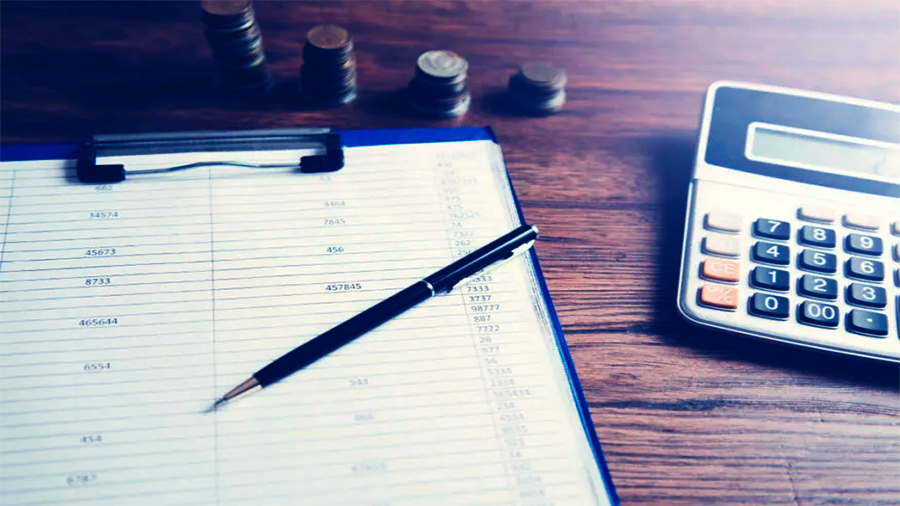When To Consider Bankruptcy: Signs And Solutions
Bankruptcy is a word that makes people uncomfortable. It carries a sense of finality, a mark of failure, or a last resort. Yet in reality, bankruptcy is often less about giving up and more about creating a chance to reset. Individuals and businesses sometimes reach a point where debts cannot realistically be repaid. At that stage, continuing to struggle can do more damage than starting over. Recognizing when bankruptcy is an option, understanding the signs that point toward it, and knowing what solutions exist are critical steps. Rather than viewing it as an end, it’s better seen as one of many financial tools available when debt spirals out of control.
Why Bankruptcy Exists
The legal framework for bankruptcy is designed to balance fairness. On one side are creditors seeking repayment; on the other are debtors drowning in obligations. Bankruptcy provides structure, protecting both parties from endless disputes. For individuals, it can stop wage garnishments or lawsuits and allow for a fresh start. For businesses, it can preserve operations while restructuring debts. Without such mechanisms, economies would be less dynamic, as fear of total financial ruin would prevent risk-taking and investment. Still, deciding to file is not simple. It carries consequences for credit scores, reputation, and future borrowing. The key is knowing when it might be the least damaging option compared to continuing down an unsustainable path.
Relief Versus Consequences
Bankruptcy relieves debt burdens but affects long-term creditworthiness. The decision requires weighing immediate relief against the cost of rebuilding financial credibility over several years.

Signs Bankruptcy Might Be On The Horizon
Most people and businesses do not suddenly fall into bankruptcy. Warning signs appear gradually. Bills pile up, late notices arrive, and borrowing to cover existing debts becomes routine. Recognizing these red flags early gives more time to explore alternatives before the situation reaches the point of no return.
For Individuals
Common signs include relying on credit cards for essentials, missing multiple payments, or receiving constant calls from collection agencies. When debts exceed income with no clear way to catch up, bankruptcy becomes a real consideration. Health expenses, job loss, or unexpected crises often accelerate this process.
For Businesses
Companies often see warning signs in falling cash flow, unpaid supplier invoices, or mounting interest expenses. If creditors refuse to extend further credit or if payroll becomes difficult to meet, bankruptcy protection may be the only option to avoid collapse. Leaders who wait too long often find they have fewer tools to negotiate restructuring.
| Warning Sign | Individual Impact | Business Impact |
|---|---|---|
| Missed Payments | Late fees, credit score damage | Supplier distrust, disrupted operations |
| Relying On New Debt | Using credit for daily expenses | Borrowing to cover old debts |
| Constant Collection Efforts | Stress, legal pressure | Loss of reputation, lawsuits |
| Cash Flow Shortages | Inability to cover essentials | Difficulty paying employees |
Alternatives To Bankruptcy
Before filing, exploring other options makes sense. Bankruptcy should be considered when other solutions fail, not as the first response. Debt restructuring, negotiation with creditors, or consolidation loans can sometimes create enough breathing room. For businesses, cutting costs, selling non-core assets, or renegotiating contracts may provide a way forward. Financial counseling services can help individuals understand which paths are realistic. The earlier these steps are taken, the greater the chance of avoiding formal bankruptcy proceedings. Still, when debts vastly outpace the ability to repay, alternatives may only delay the inevitable.
Negotiation With Creditors
Creditors often prefer repayment plans to bankruptcy, where they may receive little or nothing. Honest communication can sometimes result in lower interest rates or extended deadlines.
Debt Consolidation
For individuals, combining multiple debts into a single loan with lower interest may simplify payments. For businesses, restructuring loans through banks can serve the same purpose.
When Bankruptcy Is The Practical Choice
Sometimes, filing for bankruptcy is the most rational step. When debts exceed assets by wide margins and repayment is impossible without sacrificing basic needs, bankruptcy protection can shield debtors from further harm. For businesses, filing can provide breathing space to reorganize rather than closing outright. Courts may allow companies to continue operations while restructuring, preserving jobs and value. In this sense, bankruptcy isn’t always an end but a transition. Knowing when to accept that reality is one of the hardest decisions individuals and leaders face, but avoiding it can mean dragging out suffering and increasing losses.
Timing The Decision
Waiting too long often makes outcomes worse. For individuals, it can mean drained retirement accounts or damaged family assets. For companies, it can mean eroded brand value and lost customers. Acting at the right time improves the chances of recovery.

The Solutions Bankruptcy Provides
Bankruptcy law provides different pathways depending on the type of debtor and their circumstances. For individuals, some systems allow liquidation of assets to repay creditors, while others set up structured repayment plans. For businesses, options often include reorganization that keeps operations running. These solutions are designed to create order where chaos reigns. While not painless, they bring structure and predictability to what would otherwise be unmanageable. Bankruptcy is not the easy way out; it is a legal acknowledgment that debts cannot be paid under current conditions, paired with a plan to resolve them fairly.
Individual Solutions
Personal bankruptcy can stop wage garnishments, prevent foreclosure, and eliminate unsecured debts. It comes with a reset but also a long road to rebuilding credit. Still, for many, it provides relief that outweighs the drawbacks.
Business Solutions
Corporate bankruptcies can allow companies to renegotiate leases, restructure contracts, or even attract new investors under court protection. In some cases, firms emerge stronger, having shed unsustainable debt loads.
| Type | Individual Focus | Business Focus |
|---|---|---|
| Liquidation | Sell assets, discharge debts | Shut down, pay creditors |
| Reorganization | Repayment plan under supervision | Continue operating while restructuring |
| Debt Discharge | Eliminate unsecured debts | Not typically available |
Life After Bankruptcy
For both individuals and businesses, bankruptcy is not the end of the story. Rebuilding is possible, though it requires patience and discipline. Individuals must focus on restoring credit, usually by managing smaller lines responsibly and showing steady repayment over time. Businesses must rebuild trust with suppliers, investors, and customers, proving that lessons have been learned. While reputational scars may linger, many debtors emerge stronger and more disciplined. Bankruptcy can serve as a turning point, replacing hopeless struggle with a structured chance to begin again.
Rebuilding Credit And Trust
Practical steps like budgeting, careful borrowing, and consistent repayment gradually repair damage. Over time, both individuals and businesses can return to stability, though the path is rarely quick or easy.
The Conclusion
Bankruptcy carries stigma, but it also provides relief and structure where chaos reigns. Recognizing the signs—missed payments, relentless borrowing, or collapsing cash flow—is the first step. Exploring alternatives is worthwhile, but when debts outstrip reality, bankruptcy may be the most practical choice. The solutions it provides, from fresh starts to reorganizations, exist to keep economies functioning and give debtors a second chance. The challenge is knowing when the time has come and acting decisively. Bankruptcy may feel like failure, but in truth, it can be the beginning of recovery.












